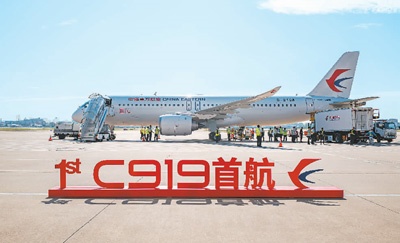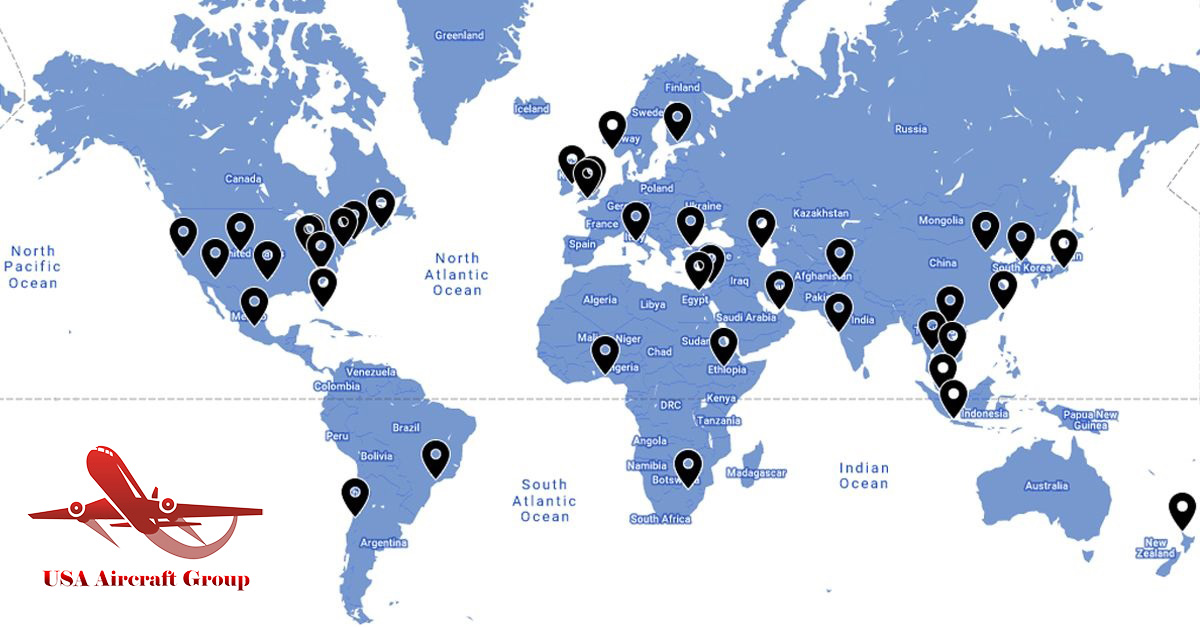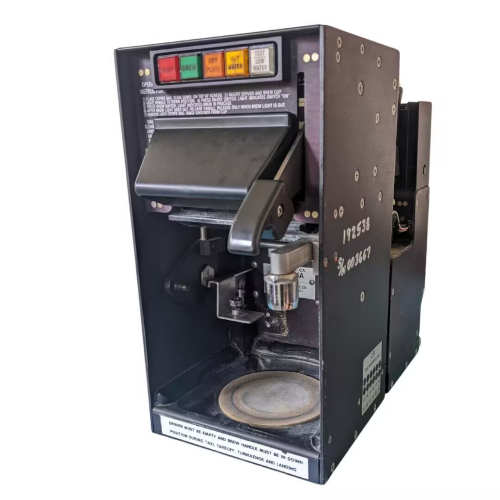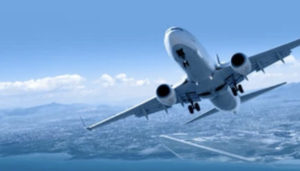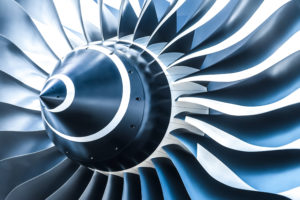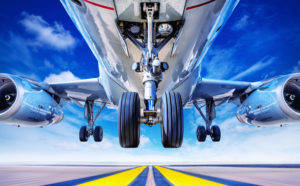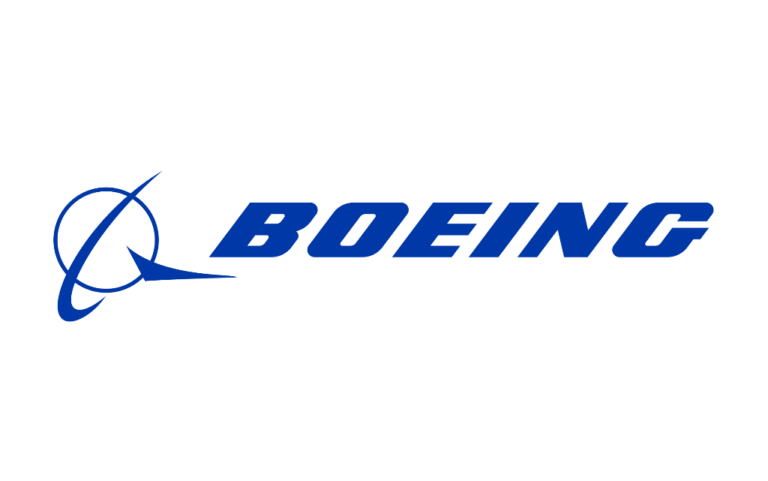Press Releases

Introduction of aviation aircraft-USA Aircraft Group Corporation
Date: 2025/11/3
The "models" of aviation aircraft can be divided according to different criteria, such as manufacturer's series, aircraft size and range, engine type, etc. Below, I will give you a detailed introduction to the different models of mainstream civil airliners around the world using the most common manufacturer series as clues.1. Airbus
Airbus is a European aircraft manufacturer and ranks with Boeing as the world's two largest civil aviation giants. Its model names are usually based on the A3XX series.
1. A320 series (single-channel narrow-body passenger aircraft)
This is the world's best-selling single-aisle aircraft series and is mainly used on medium-and short-haul routes.
· A318: The smallest member of the series, carrying approximately 107 passengers, is known as the "Mini Airbus" and is suitable for regional or special routes.
· A319: A shortened version of the A320, carrying approximately 124-156 passengers, is often used on high-density or plateau routes.
· A320: The core model of the series carries approximately 150-180 passengers. It is the main aircraft of the airline and competes with the Boeing 737.
· A321: The largest member of the series, carrying approximately 185-240 passengers, has a longer fuselage and range, and is the "wide-body aircraft of the narrow-body aircraft."
· A320neo series: This is an upgraded version of the A320 series (neo stands for "new engine options"), including the A319neo, A320neo, and A321neo. It is equipped with a new, more fuel-efficient engine and winglets, which can reduce fuel consumption and noise by about 15%. It is the absolute main force on the market currently.
2. A330 (twin-engine, wide-body, medium and long-range passenger aircraft)
A very successful wide-body aircraft known for its operating economy and reliability.
· A330-200: Shorten the fuselage and increase the range (approximately 13,450 kilometers), suitable for long-range point-to-point routes.
· A330-300: Standard fuselage model, with more passengers and a slightly shorter range (about 10,800 kilometers), suitable for high-traffic regional routes.
· A330neo series: Upgraded versions of the A330, including the A330-800 and A330-900. It also uses new engines and a new "Airbus Flyspace" cabin, which is quieter and more fuel-efficient.
3. A350 (twin-engine ultra-long-range wide-body passenger aircraft)
One of Airbus's modern flagship products uses a large amount of carbon fiber composite materials and is full of technological sense.
· A350-900: Basic model, with a range of approximately 15,000 kilometers and carrying 300-350 passengers, is a direct competitor to Boeing's 787-9 and 777- 200ER.
· A350-1000: Extended model, longer fuselage, greater engine thrust, carries 350-410 passengers, mainly competing with the Boeing 777- 300ER.
4. A380 (four-engine ultra-large wide-body passenger aircraft)
The world's largest passenger aircraft has a double-decker cabin and is known as the "giant in the sky".
· A380-800: The only model in mass production, with a standard passenger capacity of about 555 people and a maximum of more than 800 people. It is mainly used to connect the world's major international hub airports. However, due to high operating costs and strict airport requirements, production will be suspended in 2021.
2. Boeing
Boeing Company of the United States is a century-old store in the civil aviation industry, and its product line is equally complete.
1. 737 series (single-channel narrow-body passenger aircraft)
The best-selling aircraft series in civil aviation history is an old enemy of Airbus A320 series.
· 737-700: Corresponding to the Airbus A319, it is a member of the 737NG (New Generation).
· 737-800: The most successful model in the 737NG series, corresponding to the Airbus A320, is a mainstay of airlines around the world.
· 737- 900ER: Extended version of the 737NG, corresponding to the Airbus A321.
·737MAX series: The latest upgrade of the 737 series includes four models: 7, 8, 9, and 10, corresponding to different size. Efficiency was improved by replacing new engines and modifying aerodynamic design, but it was once grounded globally due to problems with the MCAS system and has now resumed flights.
2. 777 (twin-engine long-range wide-body passenger aircraft)
The world's largest twin-engine wide-body passenger aircraft is famous for its long range and high reliability.
· 777-200/200ER: Basic model and extended range model.
· 777-300: The extended version of the 777-200 has a larger passenger capacity.
· 777- 300ER: One of the most successful models, with long range and large industrial load, is the absolute main force of international long-haul routes.
·777F: All-cargo aircraft model, an important force in the global freight market.
·777X Series: Boeing's latest wide-body aircraft, including the 777-8 and 777-9. It adopts the world's largest composite folding wing tip, which is more fuel efficient and is the flagship product in the future.
3. 787 "Dreamliner"(twin-engine medium wide-body passenger aircraft)
Similar to the Airbus A350, composite materials are used extensively and are mainly used for "point-to-point" long-haul routes, which can provide passengers with a more comfortable cabin environment (higher cabin pressure and humidity, larger portholes).
· 787-8: Basic model, with a range of approximately 13,620 kilometers and carrying approximately 242 passengers.
· 787-9: Extended version, with a range of approximately 14,140 kilometers and carrying approximately 290 passengers, is the best-selling model.
· 787-10: The longest model in the series, with a slightly shorter range (approximately 11,910 kilometers), but the largest passenger capacity (approximately 330 passengers), making it more suitable for regional high-traffic routes.
4. 747 (four-engine double-decker wide-body passenger aircraft)
The iconic "Queen of the Sky" has a unique nose bulge shape.
· 747-400: One of the most classic models, it has long dominated international long-haul routes.
· 747-8: The latest and last-generation 747, including the passenger aircraft model 747-8I and the cargo model 747- 8F. The fuselage is longer, the wingspan is larger, and it is more fuel efficient. Currently, passenger aircraft have been suspended, but cargo aircraft are still in production.
3. China Commercial Aircraft (COMAC)
China's independently developed civil passenger aircraft brand is working hard to break the monopoly of Airbus and Boeing.
· ARJ21: China's first turbofan regional passenger jet with independent intellectual property rights has been put into commercial operation for many years and carries 78-90 passengers.
· C919: A narrow-body mainline passenger aircraft that is benchmarked against the Boeing 737 and Airbus A320, carrying approximately 158-168 passengers. It has been delivered to many China airlines and started commercial operations. It is a milestone in China's large aircraft industry.
4. Embraer
The world's leading manufacturer of regional aircraft, its E-Jets series has been very successful.
· E170/E175: Smaller regional jets carrying approximately 70-80 passengers.
· E190/E195: Larger regional jets, carrying about 100-120 passengers, are as comfortable as some mainstream narrow-body aircraft.
· E-Jets E2 series: Upgraded versions of E-Jets, including E175-E2, E190-E2, E195-E2, feature new engines and new wings with larger wingspans, greatly improving efficiency.
---
Quick summary and comparison
Category Airbus Boeing China Commercial Aircraft Embraer
Narrow body machines A320neo series (A319neo, A320neo, A321neo) 737 MAX series (7, 8, 9, 10) C919 E-Jets E2 series
Wide-body machines A330neo, A350 787, 777X (under development) -
Ultra-large A380 (discontinued) 747 (passenger aircraft discontinued) - -
Branch A220 (formerly Bombardier C Series) - ARJ21 E-Jets Series
Little knowledge: The Airbus A220 (including the A220-100 and A220-300) was originally a C-series aircraft from Bombardier of Canada. It was later acquired by Airbus for commercial reasons and renamed the A220, becoming a member of the Airbus product line.
I hope this detailed introduction will help you better understand the different models of aviation aircraft! If you are interested in a specific model or comparison (such as the A350 vs 787), I can provide more in-depth information.



